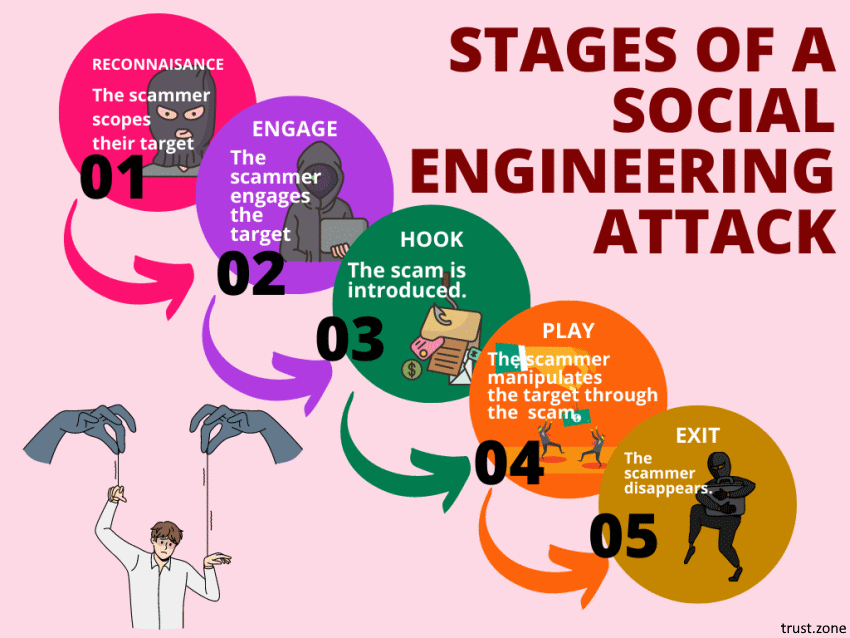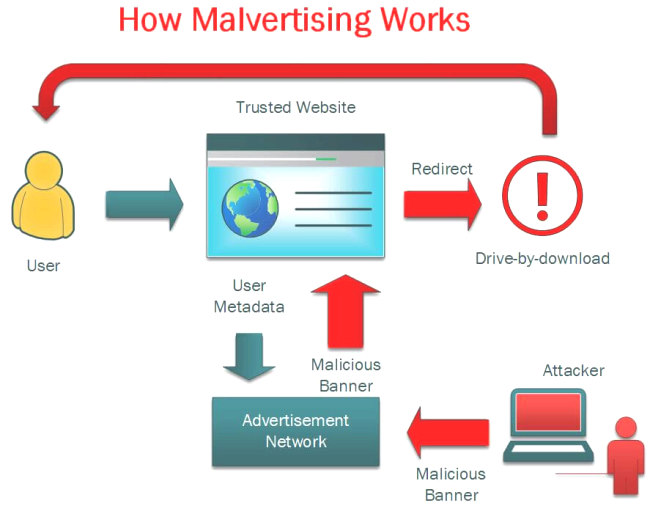<< Alle Beiträge30 November 2022
Cyber threats change frequently. Therefore, it’s essential to keep your cybersecurity measures up to date. Additionally, educating your staff on cybersecurity awareness is also vital. As a result, you can reduce your business’s vulnerability to cyber threats.
Here is a list of steps to protect your business from cyber threats. weiterlesen...
26 November 2022
Cybercrime has become an increasingly significant problem in the 21st century. Businesses and individuals risk hacks, scams, or someone stealing their personal information. With hackers developing more advanced techniques of breaching security walls, more robust cybersecurity measures in place have never been more critical.
Fortunately, cybersecurity stakeholders have taken tremendous steps in recent years to combat these threats. From offering cybersecurity training to investing in cutting-edge security technologies, you and your business can stay ahead of the curve.
As the new year approaches, new cybersecurity trends will dominate the conversation. Here’s a list of the cybersecurity trends to watch out for in the coming year and possibly beyond: weiterlesen...
9 November 2022
Social engineering attacks are on the rise. In fact, they’re among the most successful and insidious types of cybercrime active today.
Worst of all, you can’t protect yourself from all social engineering attacks by just boosting your computer security. A good social engineering attack doesn’t target your software. Instead, it targets the human element. It tries to trick you, often by playing on your emotions. Social engineering attackers are scammers who use human emotions as the tools of their trade.
To protect yourself from social engineering attacks, you need to secure your mindset as well as your technology. Let us show you how. weiterlesen...
6 September 2022
When you browse the web, you may come across a variety of online threats. And these threats aren't limited to malicious websites. If you're not careful, you could accidentally infect your computer with malicious software even when visiting the most legitimate of sites.
But how's that possible? In a word, malvertising.
Malvertising (malicious advertising) is a relatively new cyberattack technique that inserts malicious code into digital advertisements. These infected ads are usually served to consumers through legitimate advertising networks, making them difficult to detect by both internet users and publishers.
The advertisements appear tempting, genuine, and to be from a trustworthy source. The host website owner may not even be aware that malvertising is being displayed on their site. weiterlesen...
5 September 2022
Before you do anything online, familiarize yourselves with your opponents.
Returning to the ‘brick through the window’ analogy, part of the preparation for a break-in is knowing the criminals' tactics. If you know a thief is going to use a brick to break in, add double glazing.
Similarly, if your business is to stay safe online, you need to know the common practices of hackers. This is where this article comes in handy. We’ll focus on three of these tactics: phishing, vishing, and smishing (we promise we didn’t make those words up). weiterlesen...
17 August 2022
The distributed denial-of-service attack (DDoS) is it’s a type of cyberattack cybercriminals use to force people offline. The main concept of DDoS attack is to flood your IP or your network with tons of unwanted requests and traffic. Tons of mailware-infected compromised devices (botnet) worldwide start sending unwanted traffic to you to make your IP or network unable to process requests. As a result, you and your business may remain offline for a while.
The great news is that all Trust.Zone VPN servers have a reliable protection from DDoS attacks. Trust.Zone has one of the best anti-DDoS solutions on the market. weiterlesen...
16 Januar 2022
Today, a lot of banks’ financial operations are executed through different means of technology. The account holders can send money, do the transactions, and pay through their cards digitally to buy online products, etc. In all of these circumstances, the internet is the crucial facilitator that allows carrying out all the financial operations.
The hackers are active on the internet to steal the personal content of users to achieve their malicious goals. Banking is one of the most susceptible and highly targeted areas, where account numbers are hacked to steal money. Some of the common cyber threats attached to banking are: weiterlesen...
12 Januar 2022
For anyone who uses the internet, cyber attacks remain a big concern.
Cyber attackers are getting smarter. They always have a trick or two to breach the most secure systems.
Technologies like internet banking, online payments, cloud computing, and crypto exchanges are great. That said, there is an element of vulnerability about them. It forces users and organizations to take protective measures to avoid any disaster. So, as the cyber world continues to advance, what trends can we expect in 2022?
In this post, we will talk about the most dominant cyber security trends in 2022. So you can stay well-prepared to counter any security threats. weiterlesen...
11 September 2021
Malicious software—or malware—has become an unpleasant part of our digitally-driven lives. It’s a cyber threat we’d happily live without. But it’s not going away in a hurry, so you need to know how to deal with it.
61% of organizations experienced a ransomware attack that led to at least a partial disruption of business operations in 2021.
This tells us that malware attacks are on the rise, and that they can easily spread across networks and wreak havoc for businesses. Ransomware, a particularly malicious form of malware, is also on the rise. Hackers often prefer using ransomware as opposed to more traditional viruses because of the large potential payoff. Statistics show that ransomware payments now exceed $1 billion per year. Making them significantly more lucrative for criminals than classic malware operations—and more devastating for businesses too. weiterlesen...
29 Juli 2021
Have you ever wondered what course of action you would choose if your data were to be attacked by ransomware?
Let’s be realistic; though this worst fear of yours has fortunately not manifested yet, you cannot entirely dismiss the possibility of a ransomware attack for a multitude of reasons.
Here are 5 important ways to protect your data when hit by ransomware. weiterlesen...











